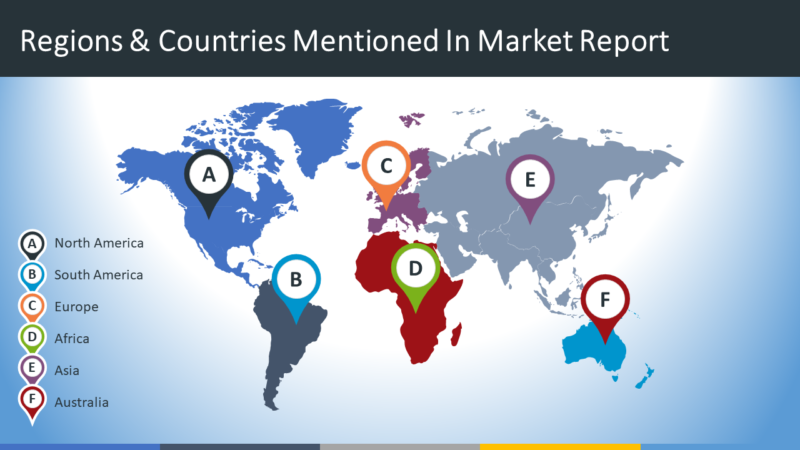An initiative out of B.C.’s Howe Sound is one step closer to shedding parts of the region’s industrial past in exchange for an environmentally friendly approach to economic growth.
Metro Vancouver’s Climate Action Committee unanimously backed the Howe Sound Biosphere Region Initiative in a vote Friday.
Biosphere reserves are UNESCO-designated areas. There are nearly 700 of them around the world, including two in B.C.— Clayoquot Sound and Mount Arrowsmith, both on Vancouver Island.
Vancouver Coun. Adriane Carr, chair of Metro Vancouver’s Climate Action Committee, says the designation would push sustainable development in the region to a higher set of standards with more input from First Nations and more accountability.

“I think it’s really, really great model and one that forces different practices that are in tune with where we’re headed as a planet, which is to take better care of our natural ecosystems,” Carr said after the vote Friday afternoon.
Over the past few decades Howe Sound — which includes parts of Metro Vancouver like Bowen Island and Lions Bay, as well as Squamish and the Sunshine Coast — has seen heavy industrial use by pulp mills and mines.
The region is also a sensitive ecological area frequented by marine mammals like killer whales and dotted with rare glass sponge reefs.
‘Elevated sense of pride’
Lions Bay resident Ruth Simons, who has led the initiative for the past three years, says the UNESCO designation would bring “an elevated sense of pride in the region” as it brings together districts, municipalities and First Nations that govern Howe Sound.
“We’ve got a long history of trying to save Howe Sound and it always seems to be in reaction to things that we don’t want,” Simons said. “This is about creating a framework and a commitment together … for future generations.”
“Biosphere Reserves are not about stopping anything,” she said. “They are about ensuring that we strive for best practices and for projects that are going to sustain people in the region, the economy, the environment and the respect for the cultural values here.”

Despite its reputation as a haven for outdoor enthusiasts, Howe Sound is still an industrial area. It’s the site of the yet-to-be-constructed Woodfibre LNG project which has met with opposition from environmentalists in the region.
In a written statement, the company said it intends to keep “environment protection of Howe Sound at the very heart of our project.”
The company also pointed out that it has spent the past four years cleaning up the remnants of a Western Forest Products pulp and paper mill at the site about seven kilometres southwest of Squamish.

Confirming support
The biosphere initiative has received preliminary support from most of the government partners, Simons says, and is now confirming that support in written form. It would need provincial and federal approval before going to the Canadian Commission for UNESCO by the end of November.
Simons says she hopes the designation will be in place by 2021.
The Squamish District council has already thrown its support behind the project. Mayor Karen Elliott says “it just made intuitive sense to really look at this as an opportunity.”
“The goals of the biosphere reserve align very much with where Squamish wants to go with its future,” Elliott said. “Together we can start to find ways that industry can function within the Howe Sound region without damaging the land on which it operates.”





Recent Comments